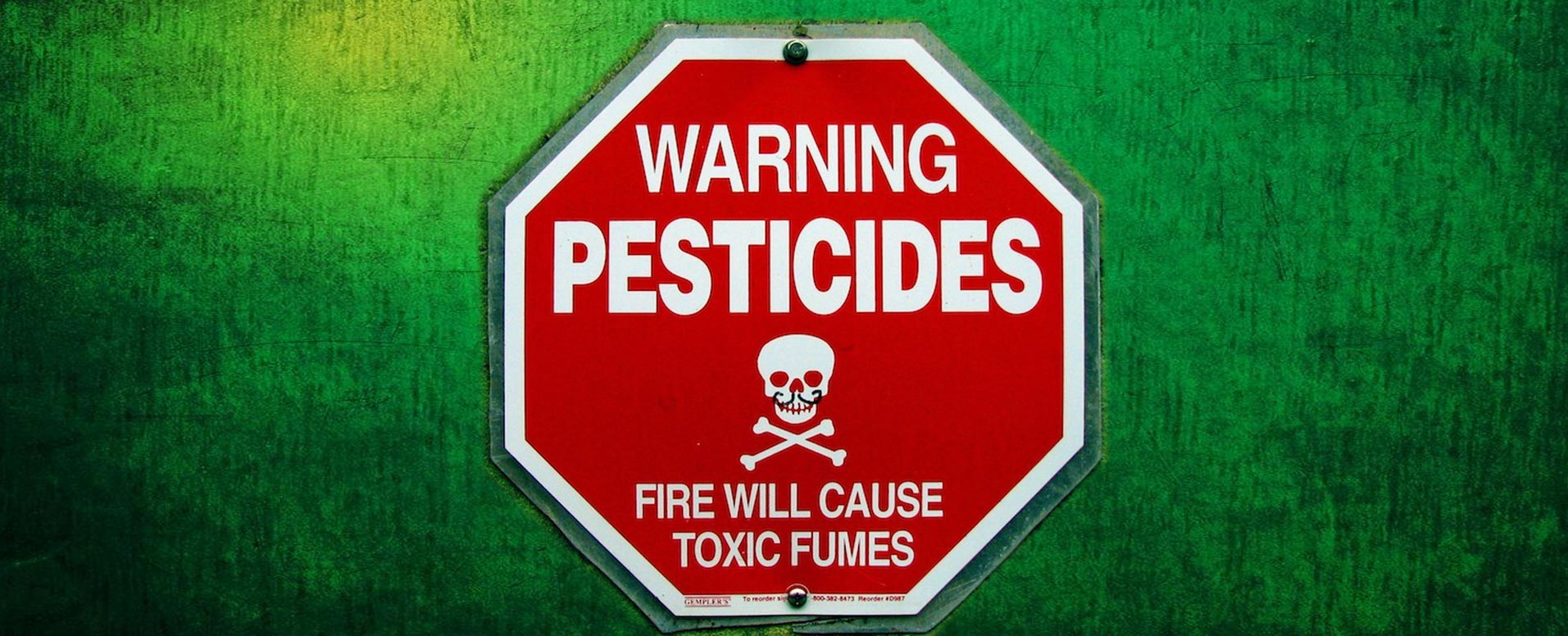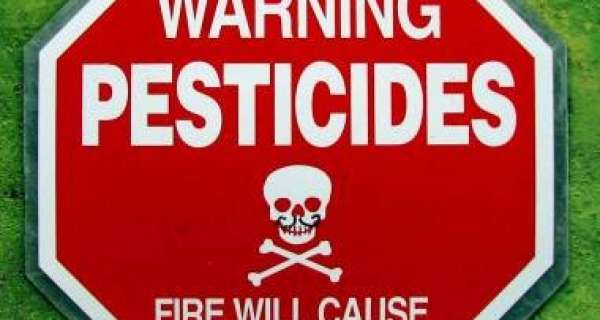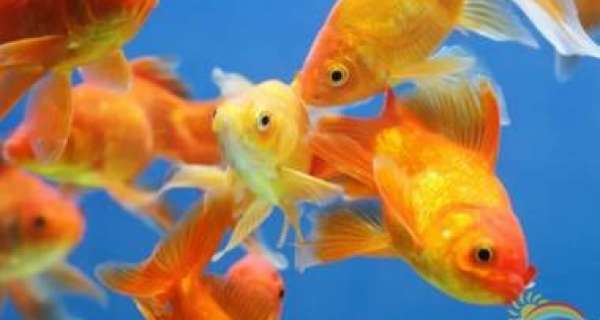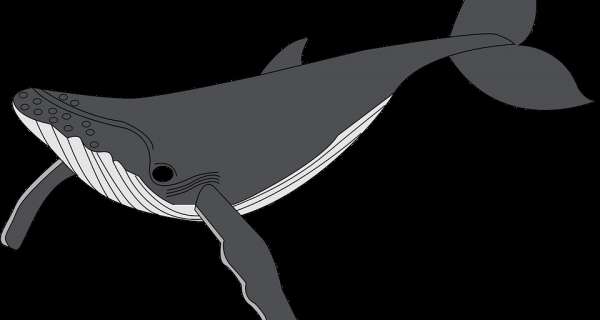One of the most serious problems is the development of genetic resistance of “pest organisms.” When pesticides are used, many insects die, but there will always be some pests that will survive tougher and the genetic characteristics of those will be more strong against the same kind of pesticides. The pesticide used initially will do the most harm but, as time passes; future generations will be able to resist its effects. That particularly happens when farmers resort to a more effective chemical and repeat the cycle again. The danger is that the substances are increasingly toxic, generate more pollutants and may provide advantages for other harmful species and thus deteriorate the overall balance of the ecosystem. In addition, the economic cost will become higher. There will be more investment and more expensive products grown. Furthermore, pesticides will run off to streams and other inland water areas affecting their quality and altering the biology of many species of fish, birds and mammals.
A better alternative would be crop rotation. For example, first year you plant corn stripes, snuff and cotton that remove substances such as nitrogen, and the next year you plant legumes, such as beans or lentils, which adds nutrients and nitrogen to the soil through their roots. Thus, the balance is restored; erosion prevented and provided more control on pest.
#toknowmore.com













